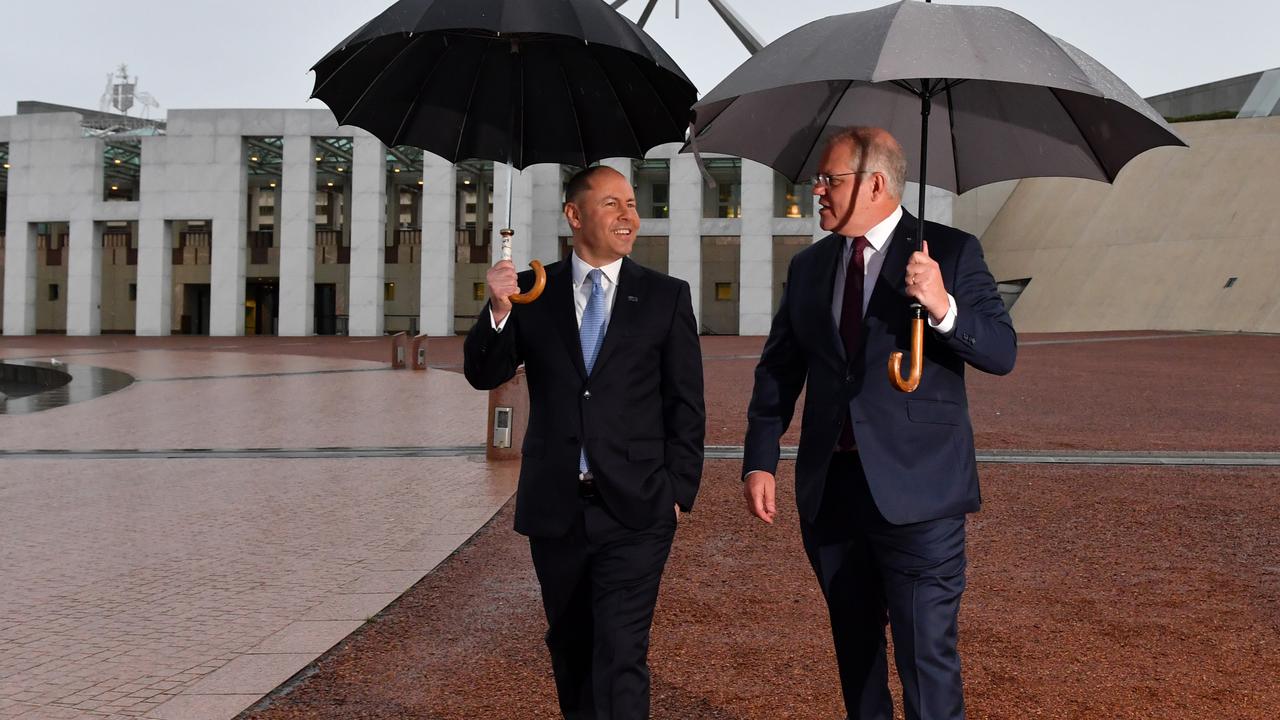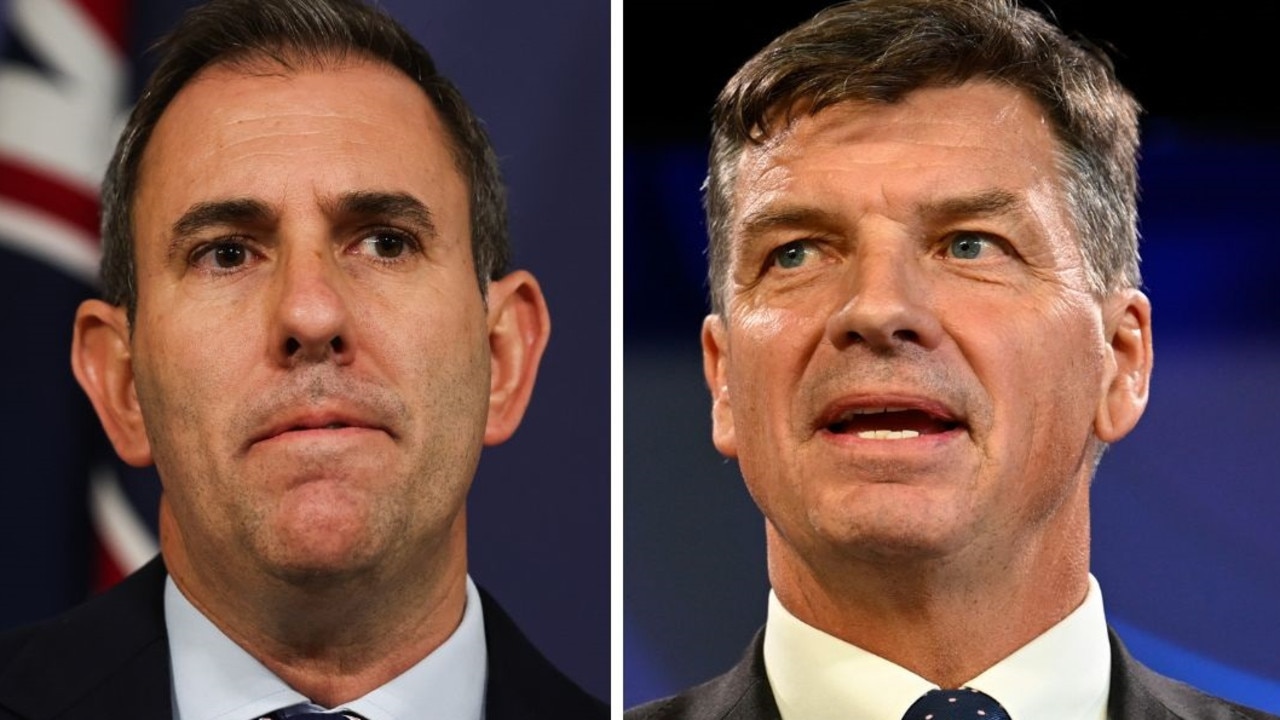Federal Budget shows that the pandemic will make Australia’s population go backwards
The Federal Budget revealed for the first time in more than a century, Australia’s population is set to decline.

It sounds like a Pauline Hanson fantasy brought to life: borders closed, migration going backwards and more white people.
But without winning an election, many of those outcomes are now part of Australia’s future as a result of the COVID-19 pandemic.
And it’s set to unleash one of the biggest changes to Australian life in decades that will change the face of the nation for years to come.
In crude terms, prepare yourself for a new Australia that is whiter, older and less culturally diverse as our borders remain slammed shut.
RELATED: The big catch with Budget's tax cuts
RELATED: When will you get your tax cut
And forget the urban myth of lockdown babies. The COVID-19 recession is also expected to contribute to a baby drought for years to come.
As the Federal Budget reveals, net overseas migration is set to fall into negative levels for the first time since World War II.
Australia’s population is forecast to grow to 26 million in 2022 but that’s one million fewer people than previously forecast.
The country’s population growth will shudder to halt to the lowest rate in more than 100 years.
And while shutting borders may have been a necessary decision to stop the spread of COVID-19, it has huge ramifications for the economy, house prices and even GST grants to the states to run schools and hospitals.
Demographer Liz Allen, the author of The Future of Us, delivered her verdict on Tuesday night, describing the changes as “grim” and seismic in terms of historic significance.
“Australia hasn’t seen (expected) net overseas migration declines like this since war-time 1916,’’ Dr Allen said.
“Fertility rates have never been as low (in official records) as that expected in the Budget.”
Demographers have been tracking Australia’s declining fertility rate for decades. It was even the inspiration of Peter Costello’s famous ‘baby bonus’ during the Howard years.
But the COVID-19 recession is set to create an even greater decline. From 1.74 babies per woman in 2018, the fertility rate is expected to fall even further to 1.58 but then stabilise at 1.62 babies early next decade.
In last year’s budget, net overseas migration was forecast to be 271,300 this year and 267,600 next year but new forecast reveals it will now go backwards for the first time since 1946.
That certainly suggests Treasurer Josh Frydenberg’s assumptions in previous budgets of a fertility rate of 1.9 were heroic.

Acting Immigration Minister Alan Tudge said there was no doubt the decision to lockdown the nation’s borders had saved lives.
“Through our collective efforts, we have been able to slow the rate of infection and protect vulnerable Australians by maintaining social distancing, contact tracing and quarantining,’’ he said.
But while the planned ceiling for the Migration Program will remain at 160,000 places, the Budget confirms that our population will go backwards.
“While overall the government has placed greater emphasis on the family stream, most of these are people already in Australia,’’ Mr Tudge said.
“Of the new permanent residents coming into the country, we still anticipate that approximately two thirds will be in the skilled stream and one third from the family stream.”.




